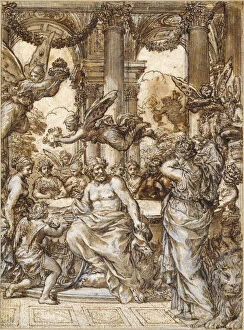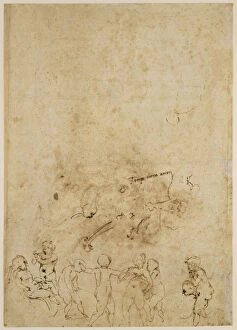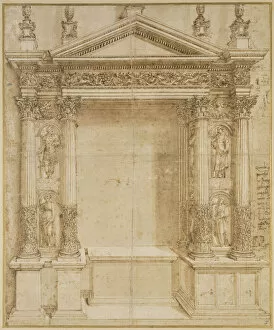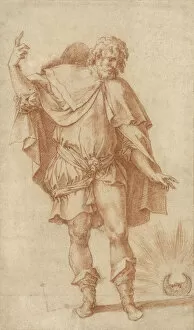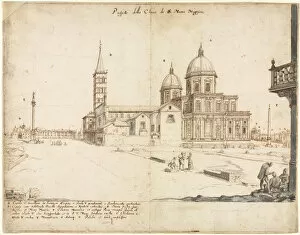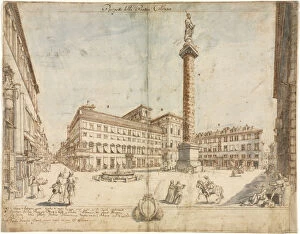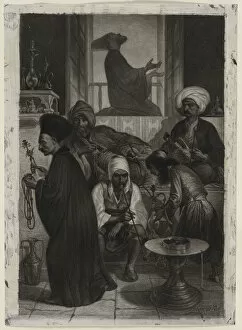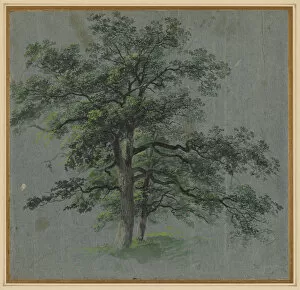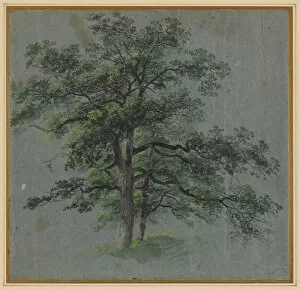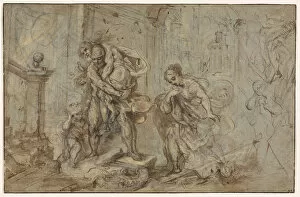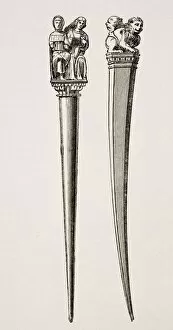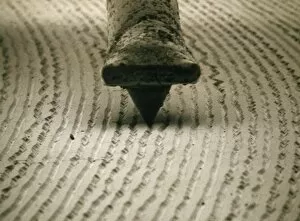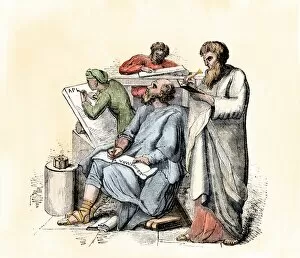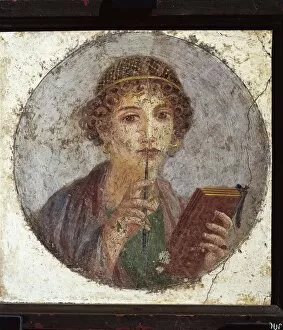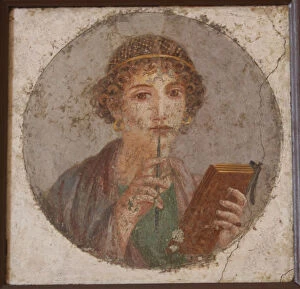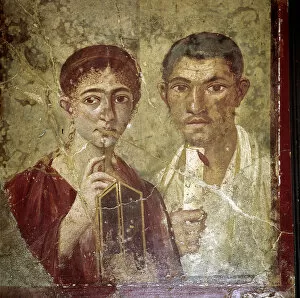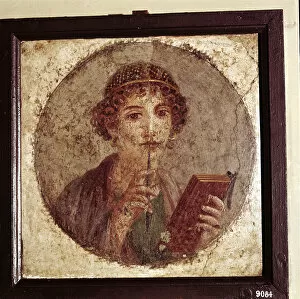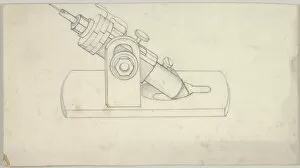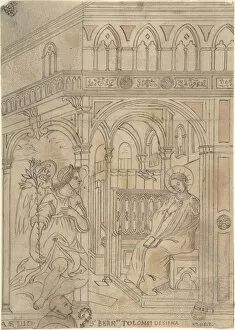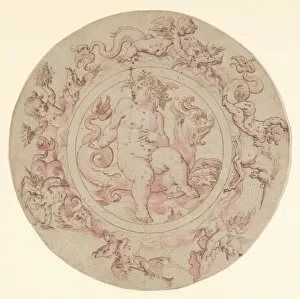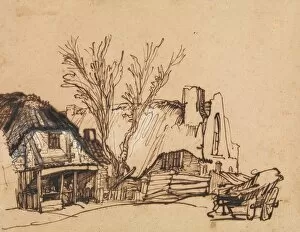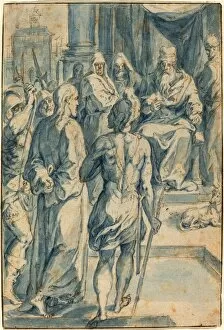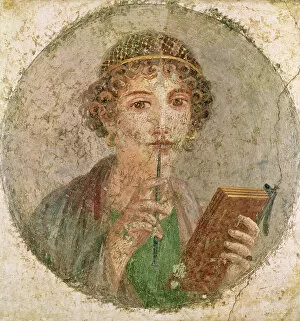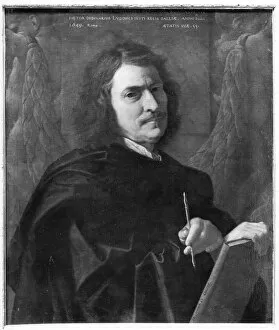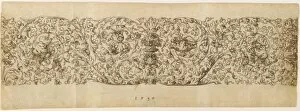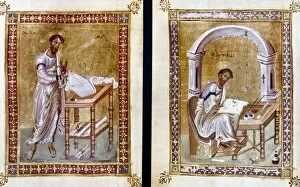Stylus Collection (#2)
"Unleashing the Art of Expression: The Timeless Stylus" In the ancient world, Greek poet Sappho gracefully wielded her stylus, etching words that would transcend time
For sale as Licensed Images
Choose your image, Select your licence and Download the media
"Unleashing the Art of Expression: The Timeless Stylus" In the ancient world, Greek poet Sappho gracefully wielded her stylus, etching words that would transcend time. Her portrait captures the essence of a woman empowered by this simple yet powerful tool. Fast forward to Pompeii, where a SEM diamond stylus delicately traveled through LP grooves, breathing life into music and preserving melodies for generations to come. A painting on plaster reveals baker Terentius Neo and his wife in formal attire, their faces frozen in time by an artist's skilled strokes with a stylus. The LP record itself became a canvas for sound as it embraced the touch of a stylus. Ancient Greek writing also found its voice through this instrument, leaving behind stories etched into history. Another Roman-Pompeian wall painting showcases Terentius Neo and his wife once again, reminding us how artistry transcends eras. Meanwhile, a needle dances across the surface of a record under an SEM microscope - capturing every groove carved by the diamond stylus with precision. An advertisement from The Gramophone Company Limited transports us to an era when couples danced joyfully to recorded music. In the foreground lies a gramophone record alongside its faithful companion -the stylus- ready to bring melodies alive at any moment. A chair adorned with intricate carvings stands proudly beside a scriptorium or inkstand from centuries past; both testify to the enduring presence of the humble stylus in creative endeavors throughout history. And finally, we encounter "Portrait of the Artist holding a Stylus, " revealing how this tool becomes an extension of one's artistic soul. An engraving depicting "A Tablet-Holder" reminds us that even tablets were once held firmly by these slender instruments.

